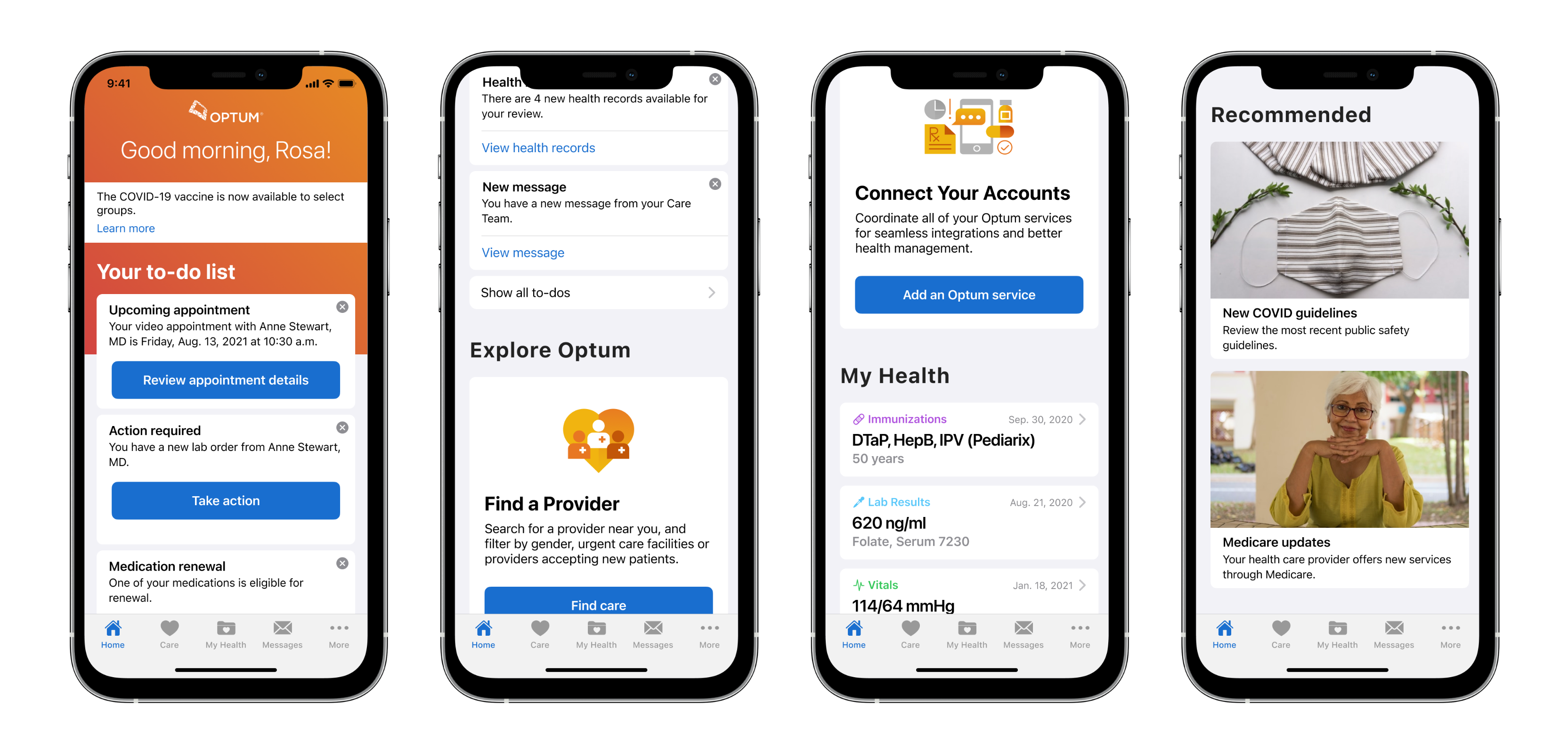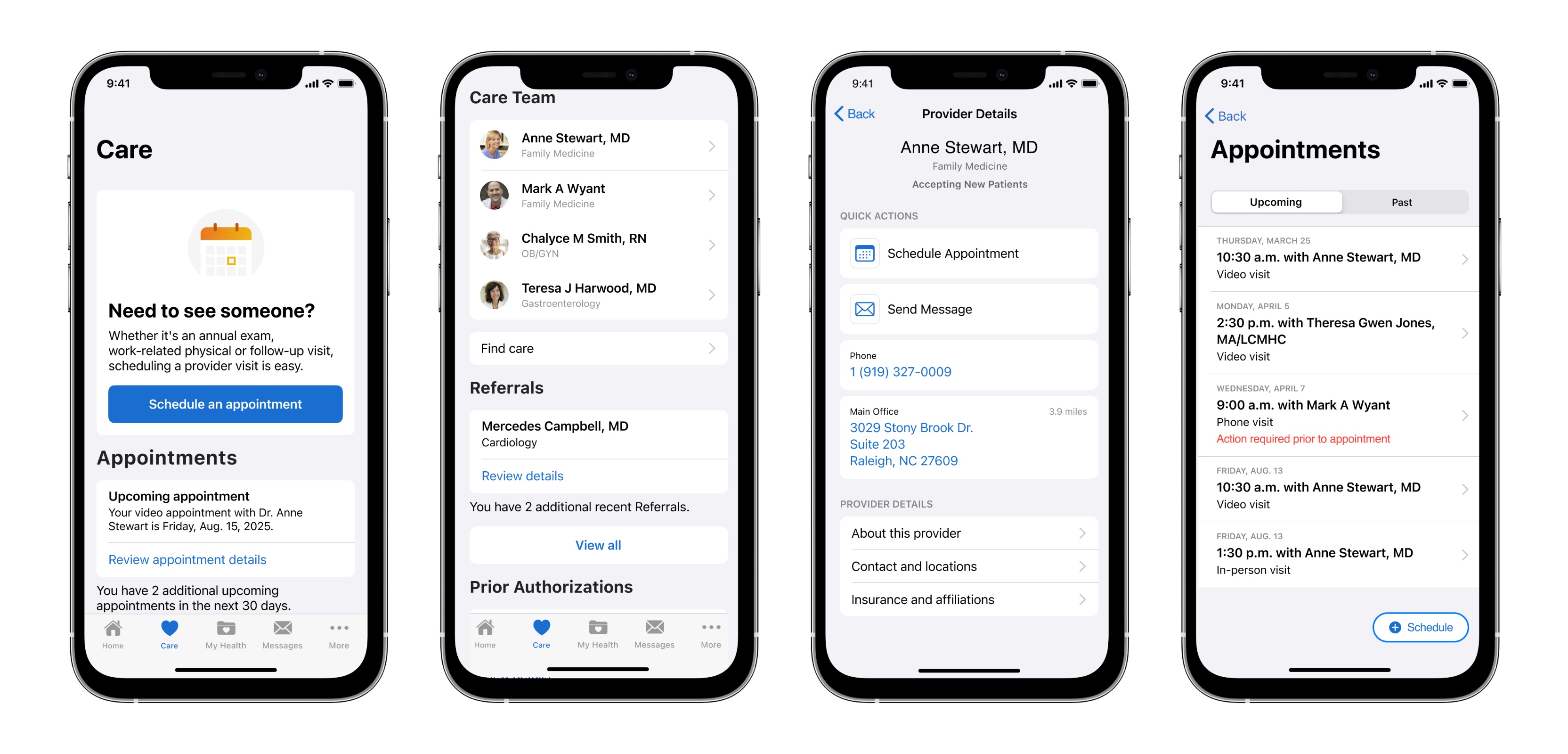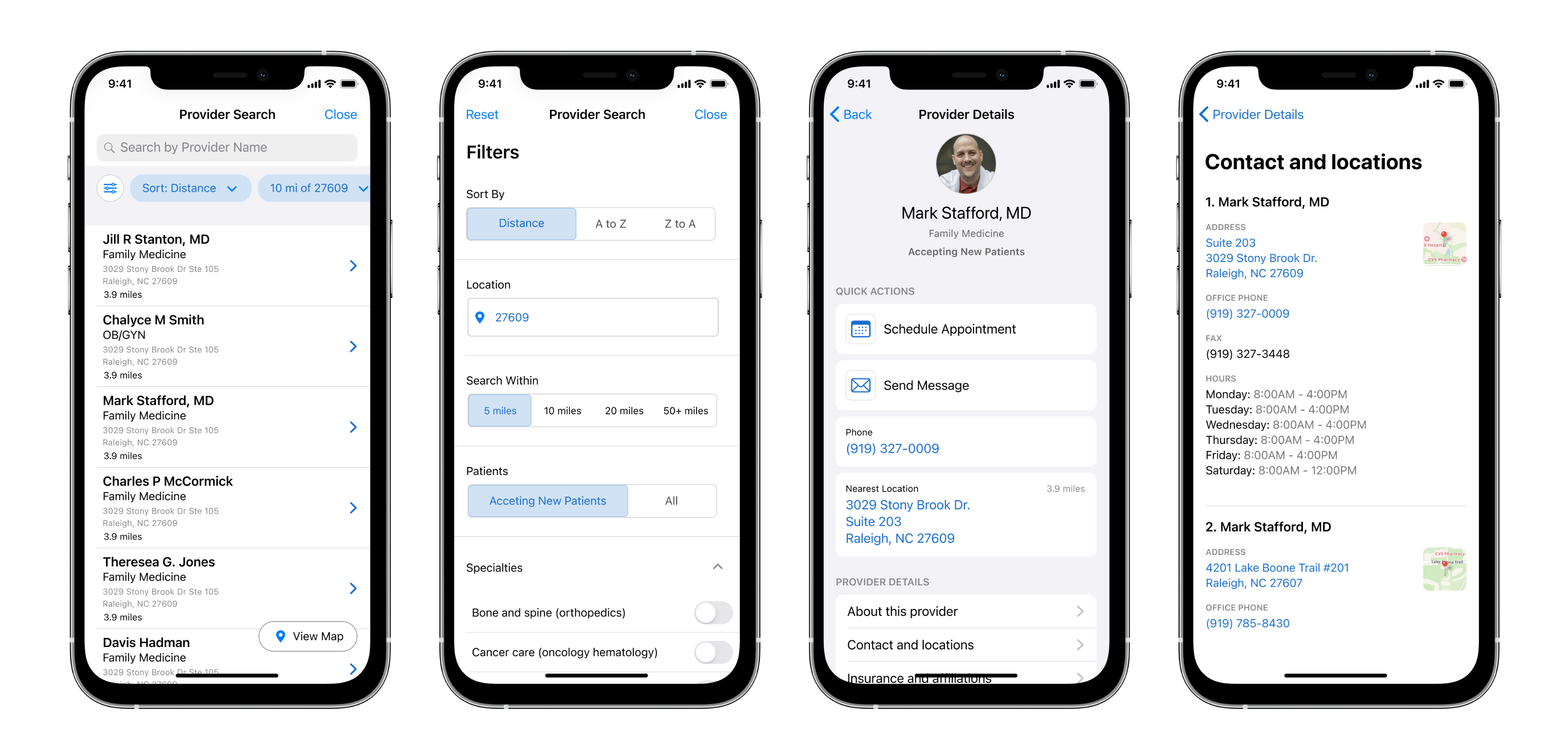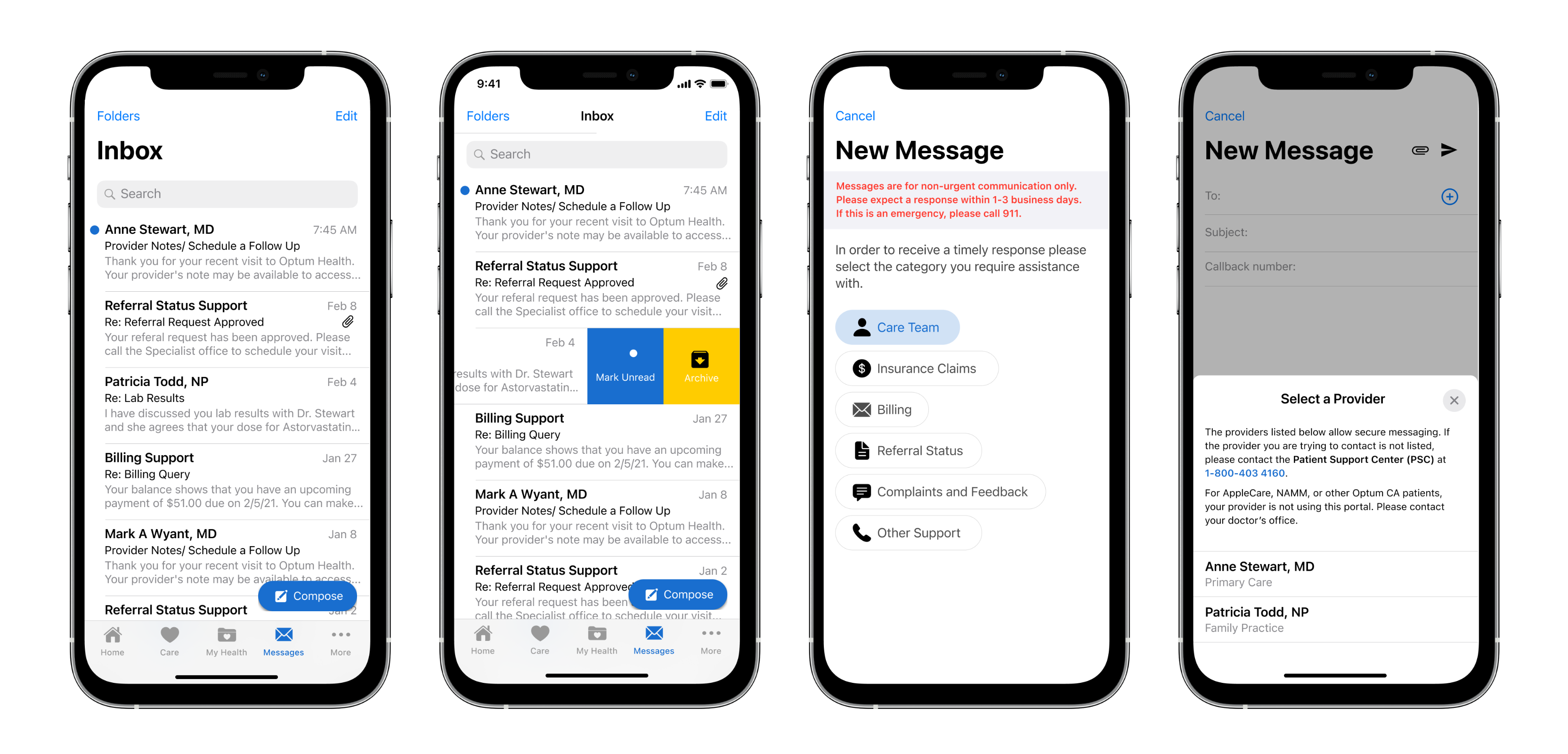Unified mobile experience for managing health and wellbeing
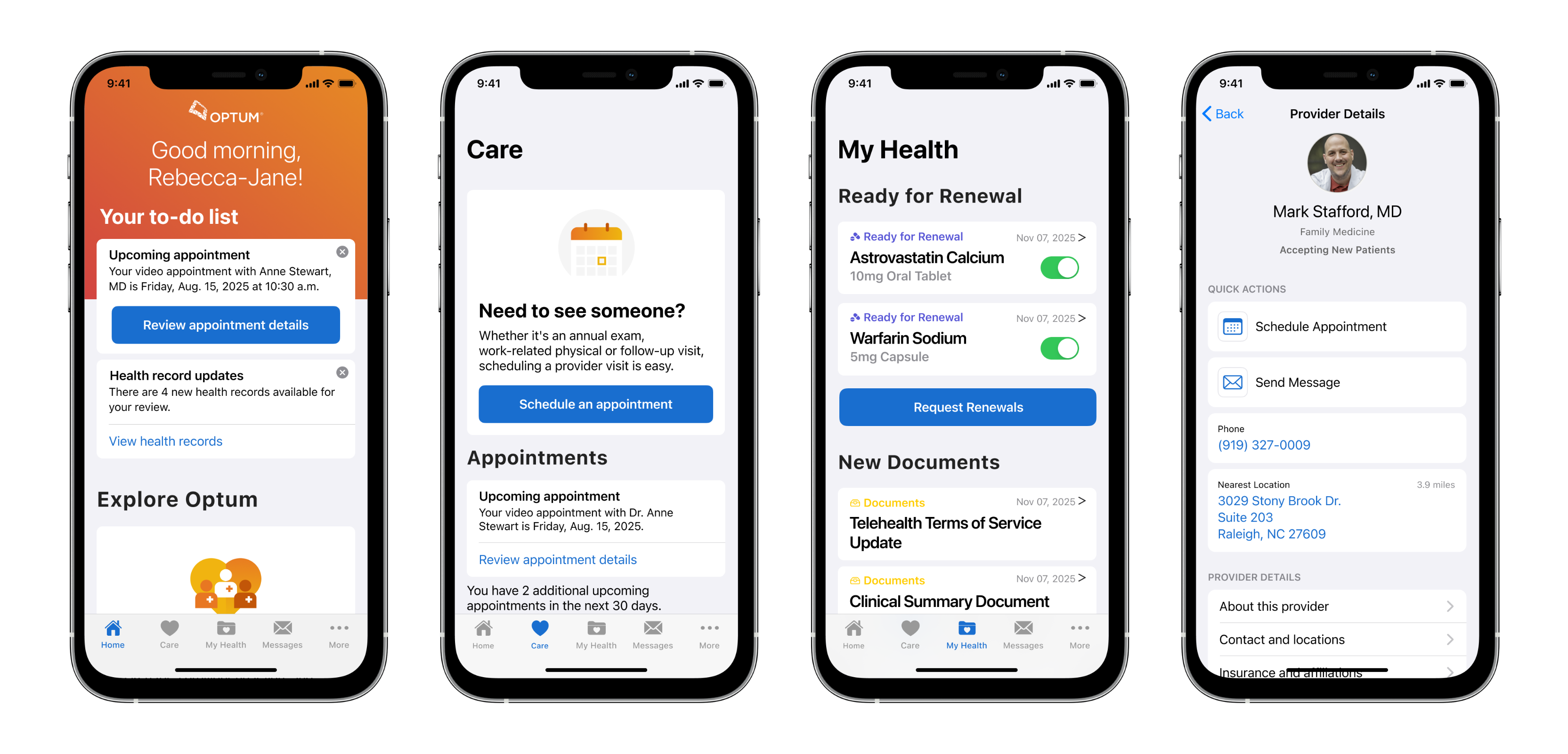
Overview
As work was ramping up on an Optum Patient Portal project that would utilize a responsive web experience as its only mode of delivery to members, the business owner knew it would need a mobile experience to launch in tandem with the web element to promote adoption and enable future engagement opportunities. There was no budget for mobile to be included in the MVP. Our team's task was to help make mobile part of the MVP reality.
Our initial charge was to assimilate with the mobile delivery team and directly translate the web experience into a mobile app. As we followed this path, we saw more opportunity to influence not just the final product, but Optum’s consumer voice and direction going forward. With these benefits in mind, we leaned in and helped redefine the mobile MVP.
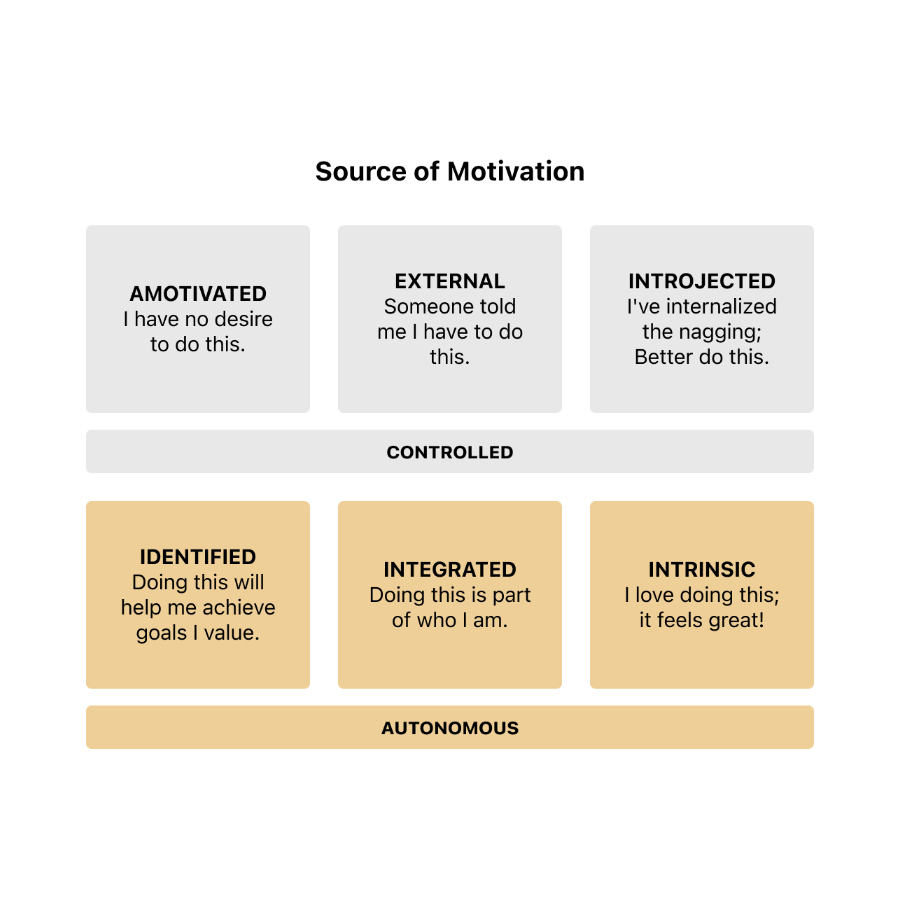
Preparation
We began with clarifying our understanding of users, bringing in behavior and psychological undertones, and tying that to outcomes the product sought to attain in-market.
Our exploration of motivational principles tied nicely into layers of intent users might expect when relying on the app to meet their needs. We then baked those into the product by writing patient value stories and OKRs for each of the planned capabilities the app would support, along with ADKAR funnels to reinforce whether we were hitting the mark with what we delivered.
Promoting best practices
Initial project direction followed DPL design library, Optum’s brand font, Frutiger, and existing icon and illustration libraries. Efforts to work within this ecosystem raised concerns and led us to look for alternative solutions.
We knew time was short for getting the app into market. The experience needed to be optimized for mobile and most of the UI would require redesigning elements for interaction on a phone - which meant a lot of testing and tweaking if we were going to mirror DPL patterns and aesthetic. We proposed that building these apps using native design patterns would benefit the user (and business) in many ways. We narrowed our argument down to three main benefits:
- Timeline improvements
- Team acceleration
- Elevated experience
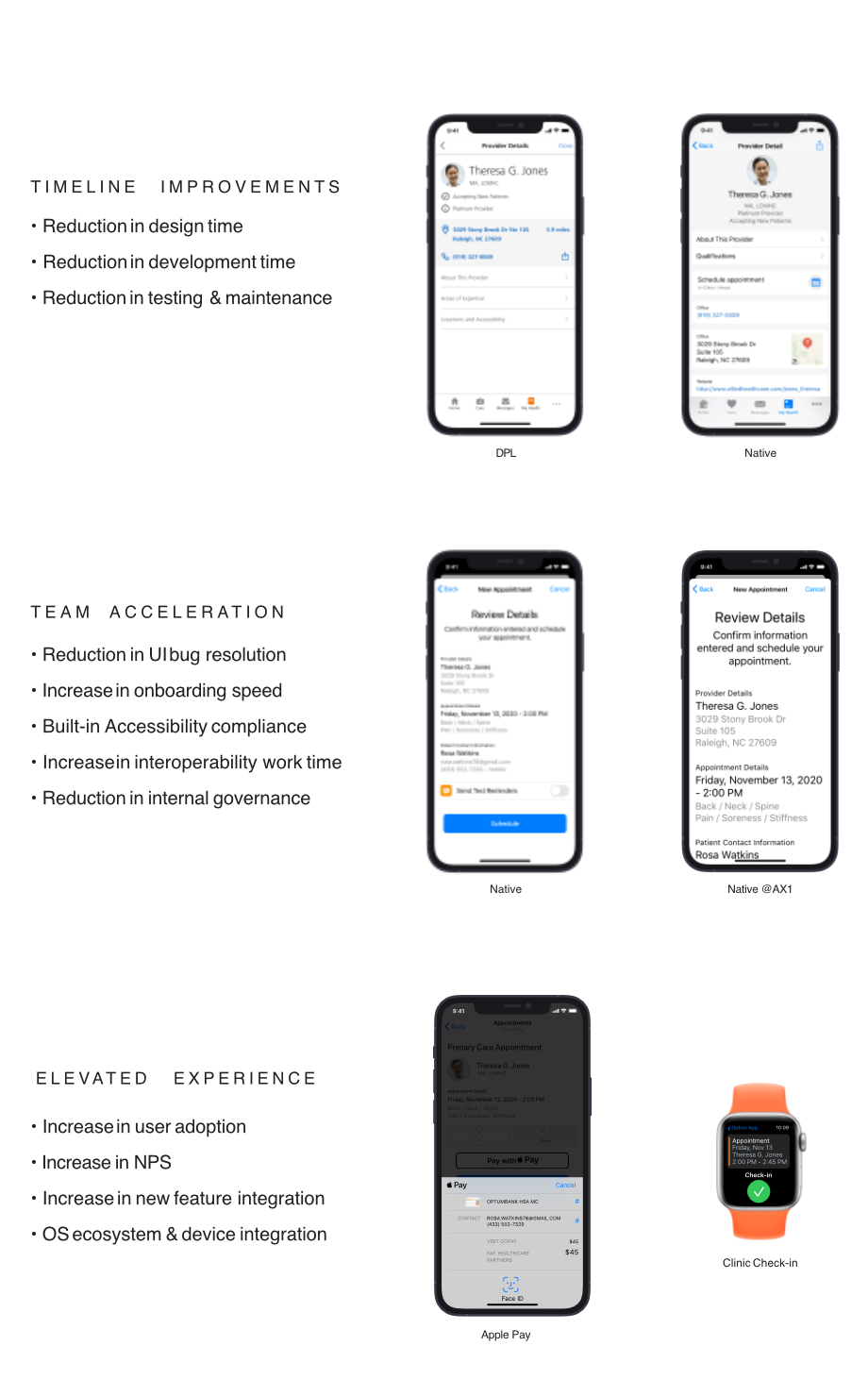
Combining 23 capabilities from 9 separate existing apps into a single, native mobile app.

Multiple iterations
We got to work translating disparate functionality into native patterns, iOS and Android in tandem. Some features were able to blend together without much work, but many had challenges due to the way underlying services were built or the inability of some services to support desired user flow.
The Scheduling and Appointment capability turned out to be one of the most complex. A 3rd party solution had been chosen, but the service was only developed to allow a rigid flow of scheduling that began with choosing a provider, then a reason for visit, purpose of visit, then date selection. But there were additional requests for some care partners to include a visit purpose, type of visit (physical, phone, virtual), and the ability to ask COVID-related questions. There was also the desire from users to first select a date and THEN choose any available providers. That broke some minds. I designed over a dozen full-flow iterations for the Scheduling flow, with each version highlighting another consideration or compromise a business, clinical, or engineer team would have to make. Throw in some Rescheduling considerations and we had some fun conversations.
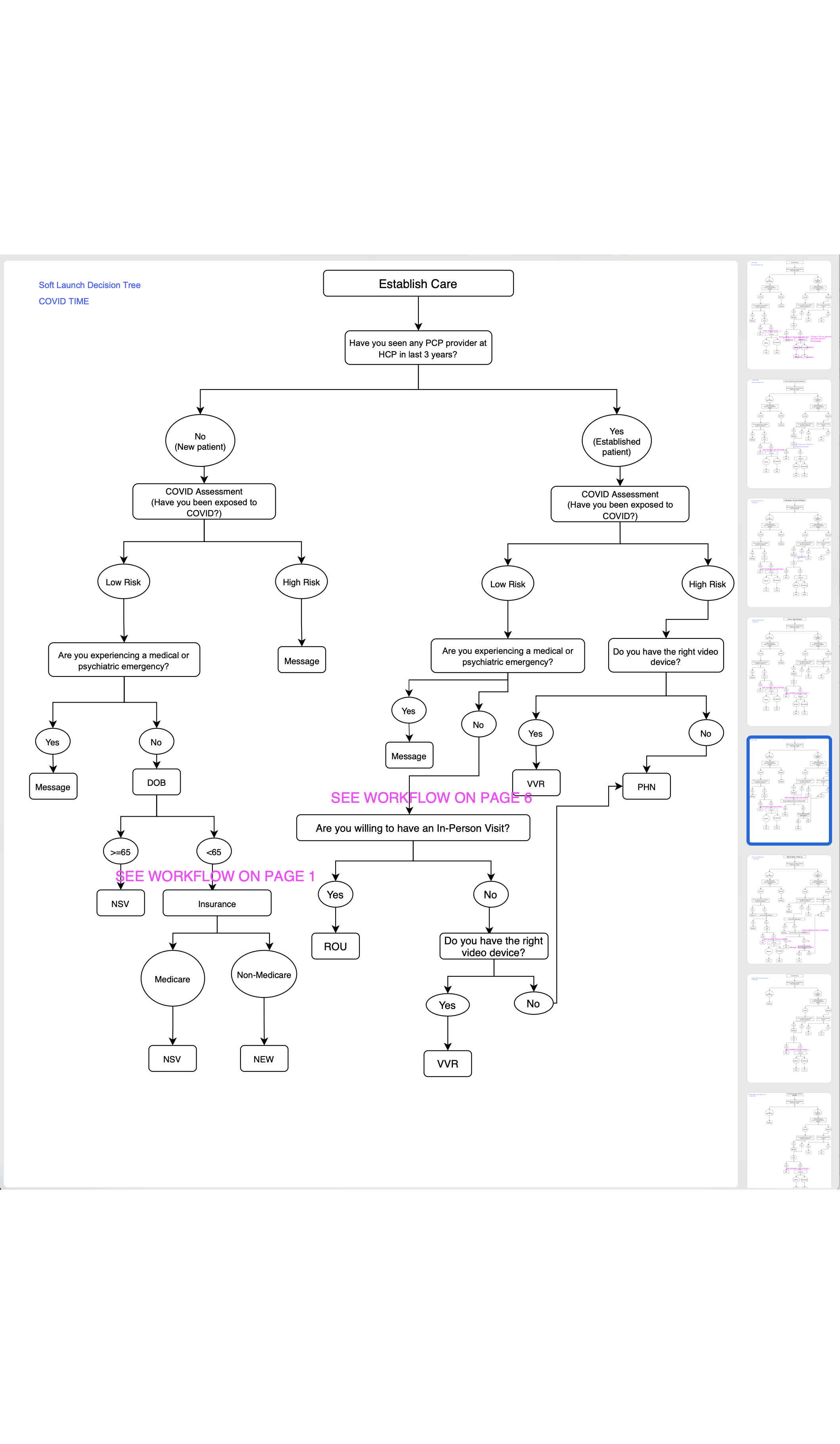
A modernized, native-driven mobile experience for managing personal health.
